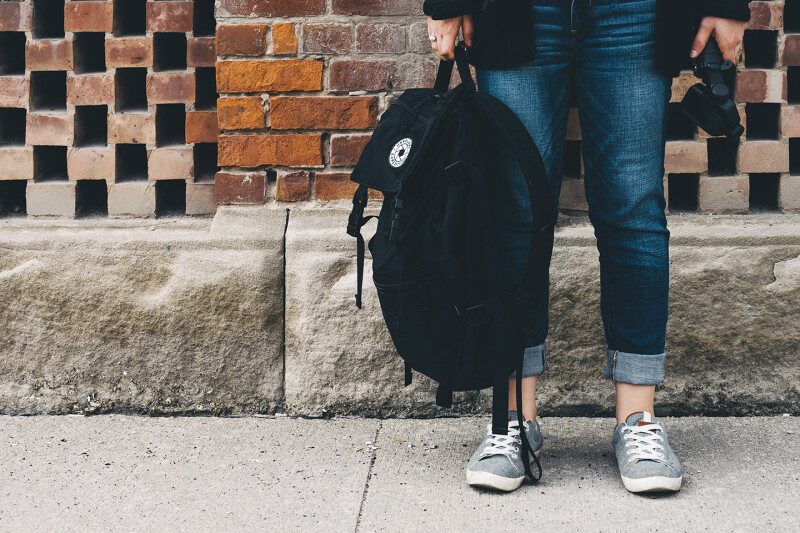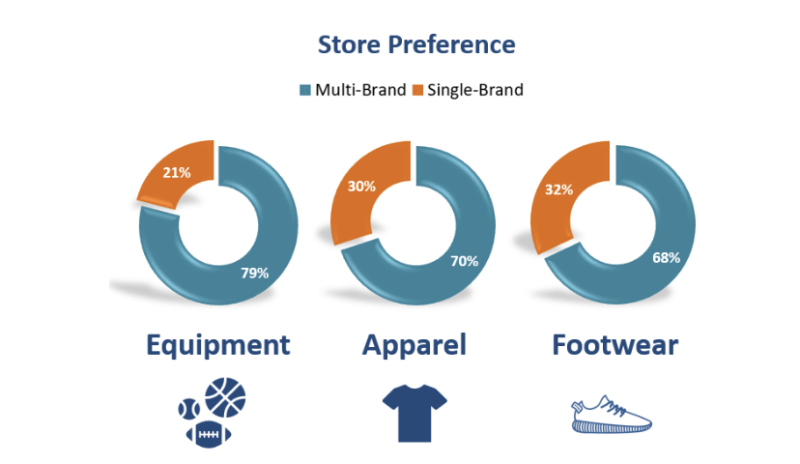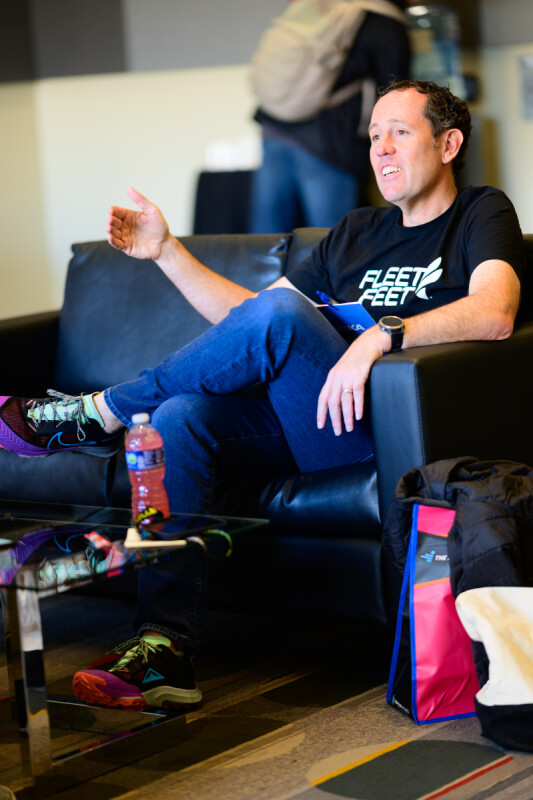Kids are finally going back to school in much of the country this month — and that’s certainly a good thing for retailers who sell the products they will be wearing when they emerge from their virtual classrooms into the real world of in-person learning. From pre-schoolers to tweens, from high school students to collegians, these consumers are buying the clothes and shoes they didn’t need when schools closed last year.
And that is really, really good news for retailers — run specialty among them. Stores, both brick-and-mortar and digital, are set to capitalize on what most analysts predict is going to be a buying frenzy that will start earlier, last longer and ring cash registers like few BTS seasons ever.
Looking at the Numbers
None other than the National Retail Federation (NRF) is telling retailers to sharpen their pencils.
“Goodbye pajama pants: First day of school outfits are back,” writes NRF senior director of Industry and Consumer Insights Katherine Cullen.
That means that after a year of casual dress during schooling from home, students and parents are ready to say goodbye to lounge clothes and hello to fresh, new looks for the first day of school. Half of parents with school-aged children say their kids are most excited to shop for apparel this year, up from 42 percent last year.
And that shopping has already started as parents worry about the right product being on store shelves. As of early June, one-quarter of Back-to-School and college shoppers had already started buying. This is up from 21 percent last year and 17 percent in 2019 before the pandemic.
And it’s not just school supplies, says Cullen. With the return of in-person learning, in-person sports and other activities are expected to return as well. Some shoppers might be spending more this year as they pick up items in anticipation of these extracurricular activities.
Families with kids in elementary through high school plan to spend an average of $848.90 on school items, which is $59 more than last year. Total back-to-school spending is expected to reach a record $37.1 billion, up from $33.9 billion last year and an all-time high in the survey’s history.
College students plan to spend an average of $1200, an increase of $141 over last year. Over half ($80) of this increase is due to increased spending on electronics and dorm furnishings. Total back-to-college spending is expected to reach a record $71 billion, up from $67.7 billion in 2020.
While families are planning to spend more on K-12 students in every category, electronics and clothing saw the biggest increase. Back-to-school shoppers plan to spend $21 more on average on electronics this year compared with 2020 and $19 more on clothes.
“Consumers are spending more on items like electronics and clothing as they make plans for students to resume activities in person this fall,” Prosper Insights executive VP–strategy Phil Rist says. “For those in particular with children in elementary to high school, shoppers are putting the largest portion of their budgets toward electronics, new clothes and accessories.”
While online shopping remains a top destination for BTS shopping, families are more comfortable shopping in stores this year than last year. The most popular destinations for K-12 shoppers are online (48 percent), department stores (48 percent), discount stores (44 percent), clothing stores (41 percent), office supplies stores (27 percent), and electronics stores (27 percent).
The top destinations for college shoppers include online (43 percent), department stores (33 percent), discount stores (30 percent), office supplies stores (29 percent), and college bookstores (28 percent).
In all, NRF’s annual survey found consumers plan to spend a record $101.6 billion on back-to-school and back-to-college supplies this year, up from $80.7 billion last year.
Shop Early, Often
Taking an even deeper dive into BTS spending trends, a report from MasterCard says that Back-to-School is shaping up to be a strong sales season for retailers, even when compared with pre-pandemic levels.
- Sales from mid-July to early September are expected to rise 5.5 percent year over year and 6.7 percent compared with 2019, according to a forecast by Mastercard SpendingPulse.
- Apparel sales in particular will likely surge as adults and kids seek a fresh start.
- The sales season is typically a major driver for retailers as families buy school supplies, clothes and college dorm decor. This year, however, it will also serve as a barometer for consumer confidence as COVID cases wane in the U.S. and many people return to routines like full days in a classroom, meetings at the office and a busier roster of activities.
Tech Leads the Surge
COVID-19 fast-tracked digital’s integration into schools and as a result tech is now jockeying for position in kids’ backpacks as the gear that enabled their remote learning follows them back into the classroom.
A report from the consulting firm Deloitte finds that after a tumultuous school year in 2020, families are approaching the 2021 season with renewed confidence. Sales are projected to surpass recent records, and parents are shopping earlier – partly to avoid product being out of stock – as they mix more tech in with teachers’ traditional supply lists and do more of their shopping online.
Among Deloitte’s takes on the coming BTS season:
- As parents look to replenish items, BTS spending is projected to rise 16 percent year-over-year.
- Families plan to wrap up shopping by the end of July, in part because they expect lingering COVID-19 disruptions to keep some items off the shelves.
- For school-related tech products, online retailers are the preferred destination. For traditional back-to-school products, mass merchants still lead, while dollar stores gain ground. 48 percent plan to spend most of their BTS budget at mass merchant stores.
Thew news continues to get better for retailers as their customers get ready for the upcoming school season. A recent KPMG survey of 1000 consumers found that shoppers plan to spend $268 per child this year, an uptick from $247 per student in 2020. That’s an increase of nine percent for back-to-school spend this year.
- Spending for preschool (up 32 percent) and college students (up 13 percent) is expected to increase more than their middle school (up only three percent) and high school (up four percent) counterparts.
- Among the retail categories that shoppers are expected to spend on are footwear (21 percent), school supplies (16 percent) and apparel (14 percent).
The predicted increase in back-to-school spending follows a relatively flat 2020. Deloitte says last year’s BTS shopping remained at $529 on average per household, but more than a third of shoppers’ budgets were devoted to online shopping. Store re-openings and shifting safety guidelines complicated the shopping season last year.
The anticipated rise in back-to-school spending is part of a seemingly overall rise in retail sales. Per Retail Dive’s analysis of the U.S. Department of Commerce data, retail sales rose 23 percent year over year in May, and clothing and accessories sales spiked 200 percent.
Finally, as the country reopens following the coronavirus pandemic, the NRF projects that retail sales this year could increase by between 10.5 percent and 13.5 percent.






